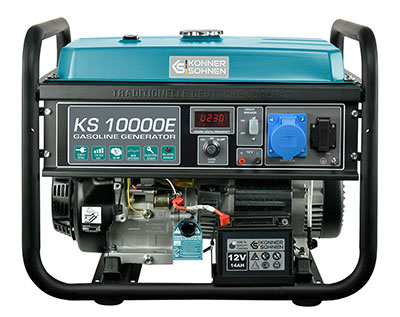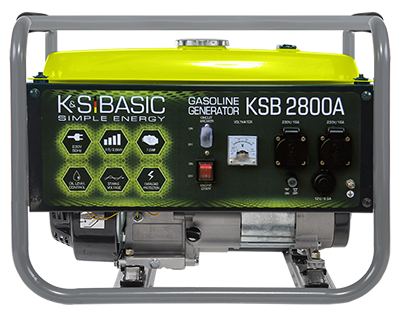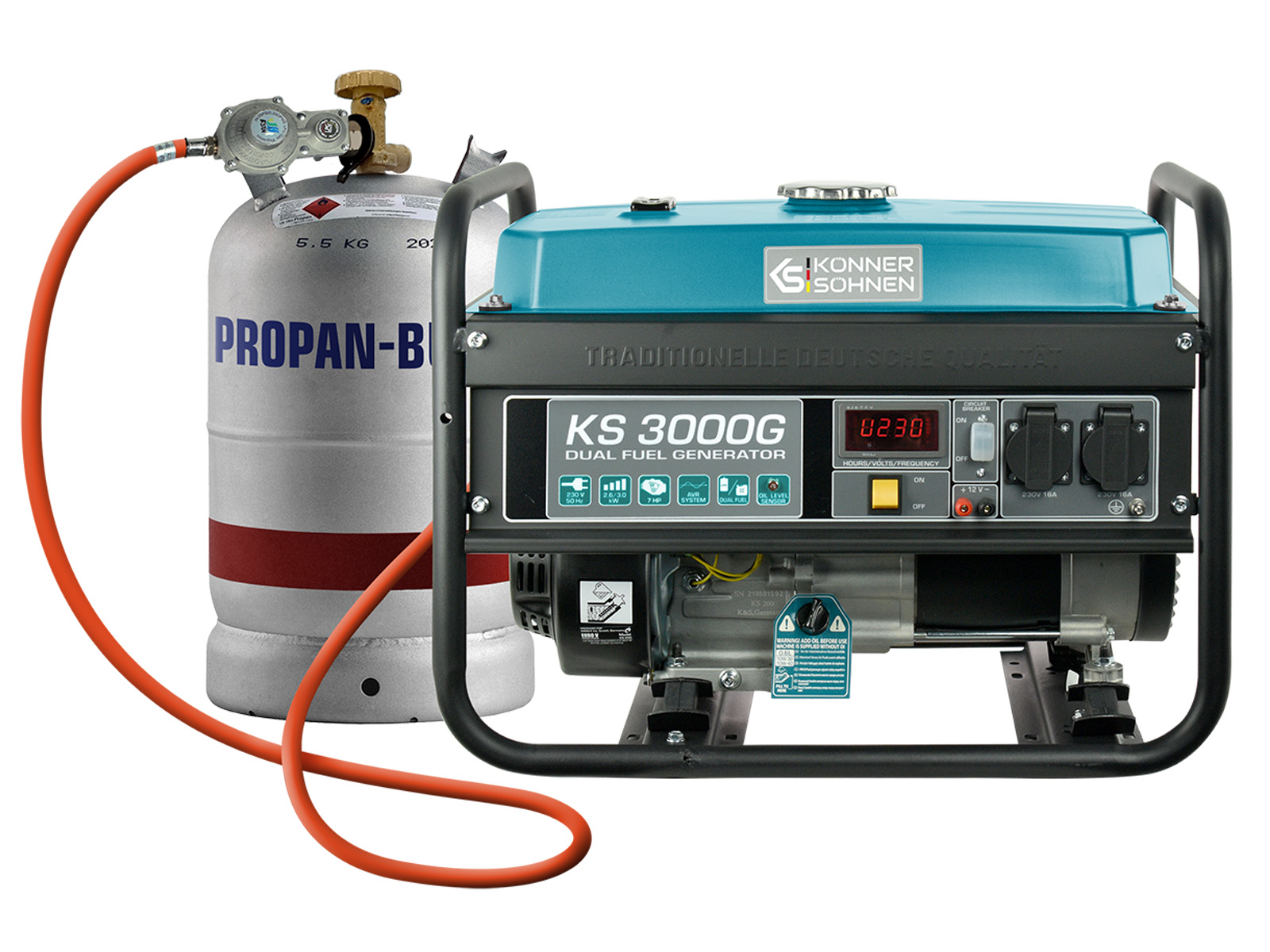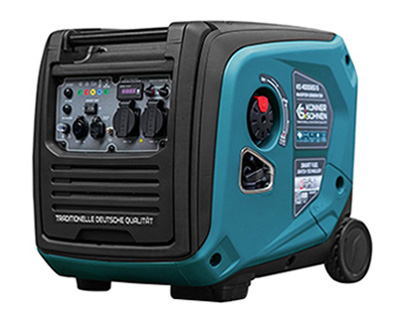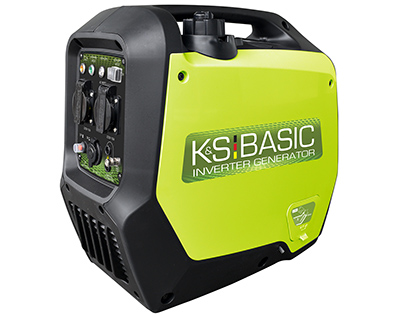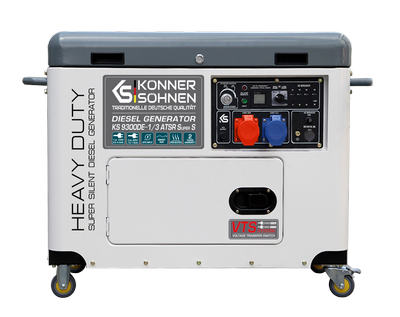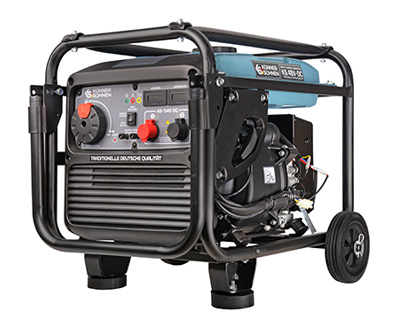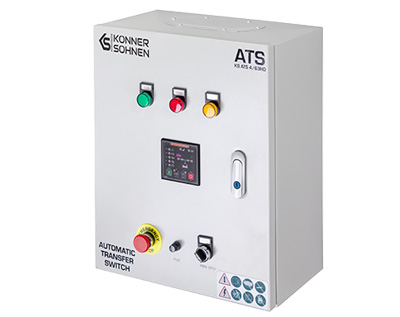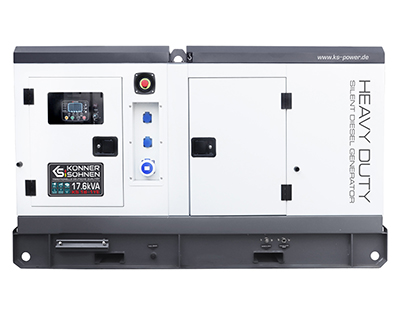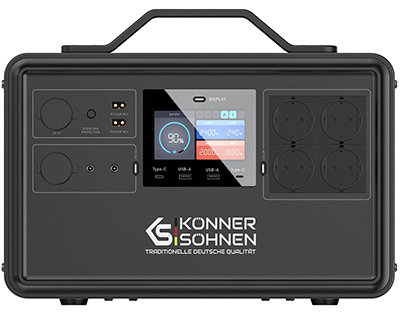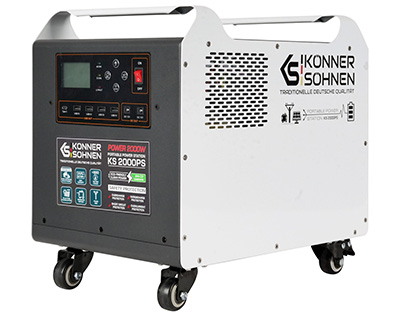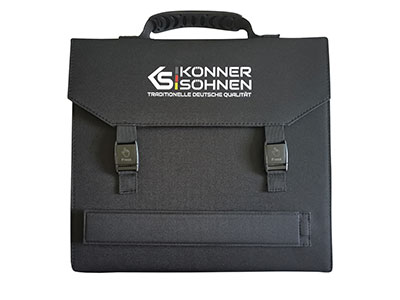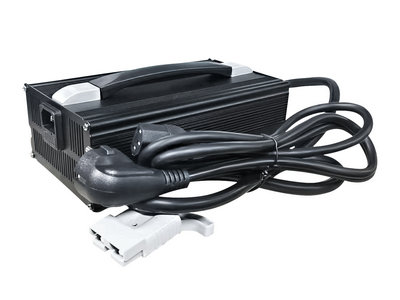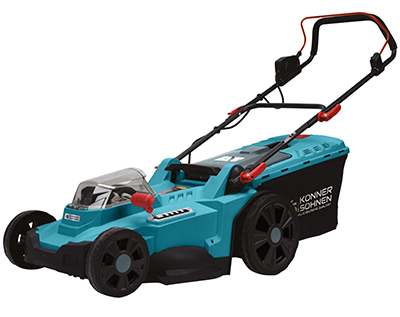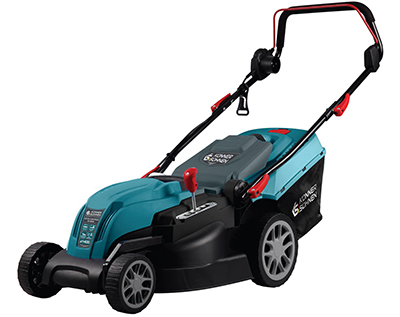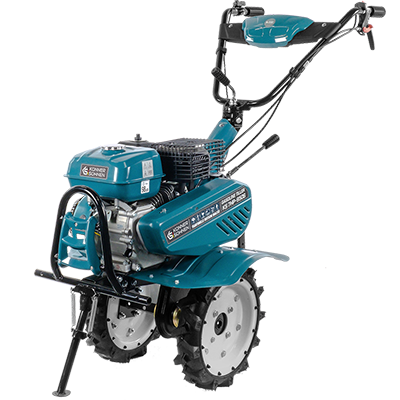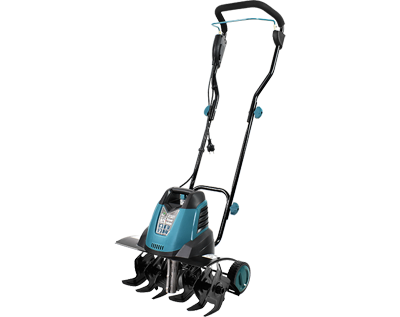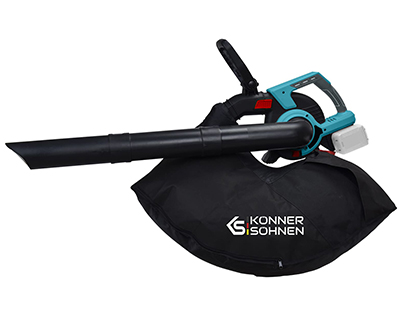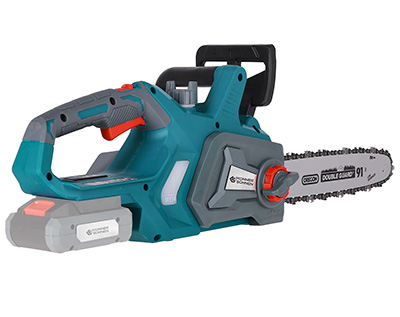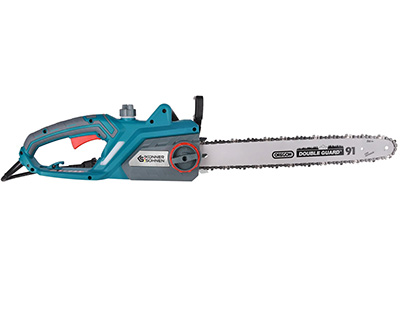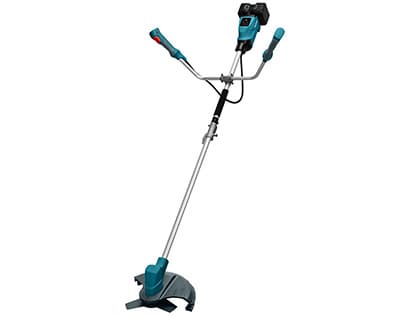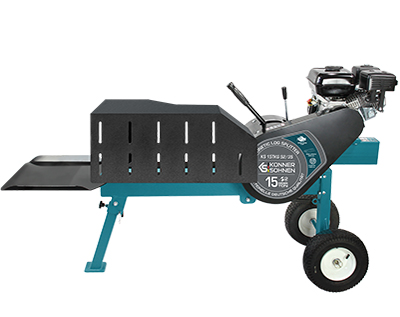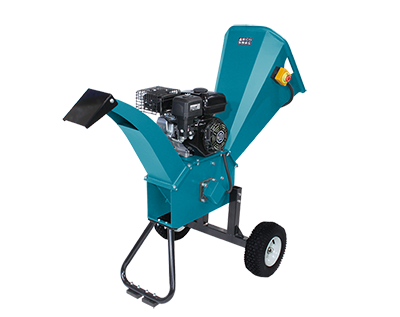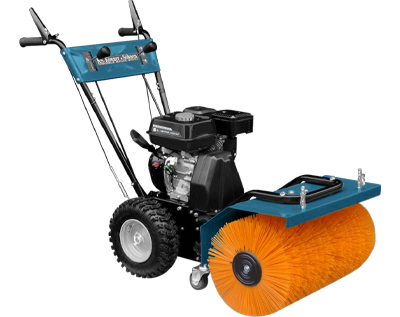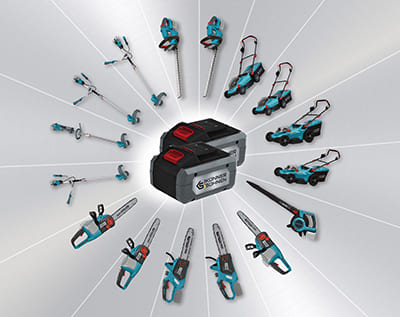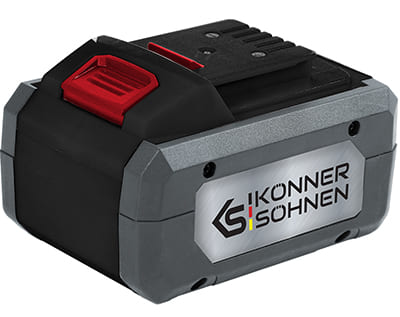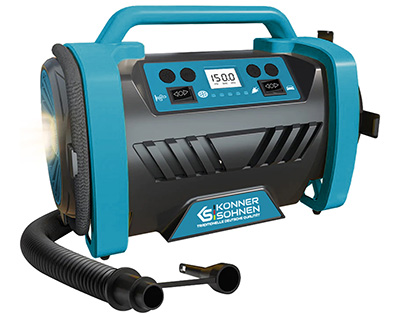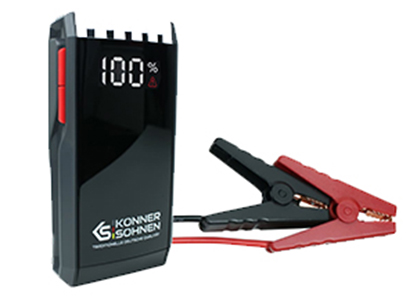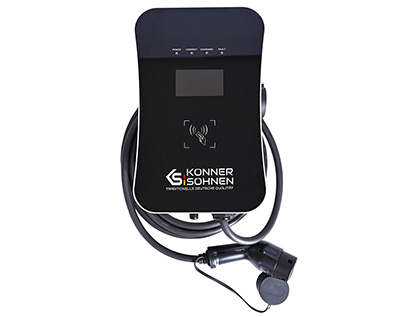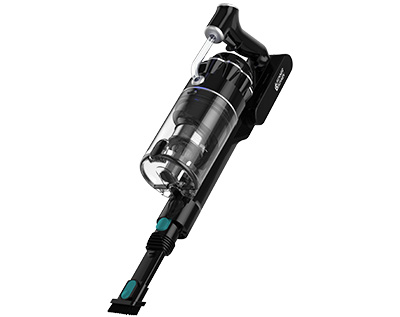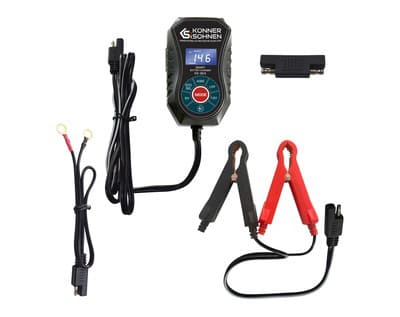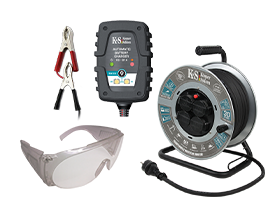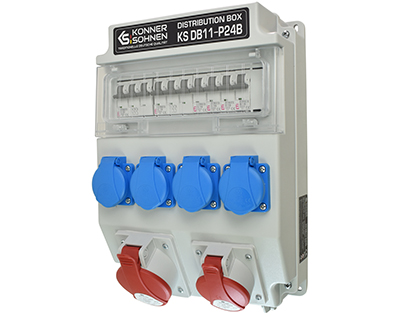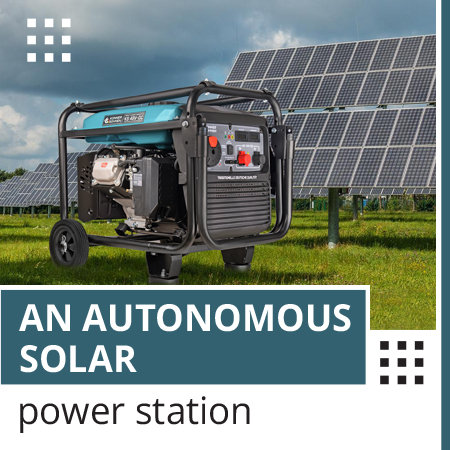
- Definition and types of standalone solar power systems
- How does a standalone solar power system work?
- Components of a typical autonomous solar power station
- The importance of battery storage in standalone solar power systems
- Standalone solar power system with backup generator
- The role of standalone solar power systems and ensuring full autonomy of electricity supply.
Definition and types of standalone solar power systems
Standalone solar power systems are efficient and eco-friendly solutions for providing electricity to remote locations without connection to a centralized grid. The foundation of any such system is PV panels, which collect solar energy and convert it into electric current.
There are several types of standalone solar power systems:
- Solar panels that directly supply consumers with electricity at the moment of receiving solar energy;
- Solar panels with batteries that store energy for later use;
- Solar panels with batteries and a backup generator, which turns on in case of insufficient solar energy or battery discharge.
Components of a autonomous solar power station
A solar power system is a system that allows you to generate electricity from the energy of sunlight. It consists of PV panels that collect solar radiation and convert it into electrical energy. This energy is either directly supplied to the consumers or to a charge controller, which directs it to the batteries. The batteries, in turn, store the electricity for further use.
When the sun shines brightly, the solar panels generate more energy than the household needs. The excess energy is directed to the batteries for storage and future use. At the same time, when the sun goes behind clouds or sets below the horizon, the PV panels stop generating electricity. At this time, the use of electricity is provided from the batteries or from an additional generator.
Components of a autonomous solar power station
For an average private house of 150 sq.m. and a family of 4, a typical standalone solar power system with a capacity of 4-6 kW may consist of the following components:
- Solar panels: this is the main component of a solar power system. To meet the needs of a 150 sq.m. house, around 10-15 solar panels with a power of 450 watts each are required.
- Charge controller: this component regulates the flow of energy from the PV panels to the batteries and manages the charging and discharging of the batteries. The charge controller allows achieving maximum efficiency of the power system.
- Batteries: batteries store the energy generated by the solar panels for use during the night or when there is not enough solar energy. For this type of house and family, it is recommended to use a battery system with a voltage of 24V or 48V and a total capacity of at least 5000 Wh.
- Inverter: the inverter converts the stored energy from the batteries into alternating current, which can be used in the house. For an average house, an inverter with a capacity of about 5-8 kW is required.
- Cables and accessories: provide the connections between the components of the power system.
It is important to use high-quality components to ensure maximum efficiency and safety of the system.
The importance of battery storage in standalone solar power systems
Battery storage is one of the most crucial components of a standalone solar power system. It enables the storage of electrical energy generated during the day by the solar panels. Without batteries, the solar power system would not be able to provide continuous power supply.
Choosing the right type of battery storage for a standalone solar power system is critical. If the batteries have insufficient capacity, the stored electrical energy may not last long enough to provide power during periods of low sunlight, such as at night. Conversely, if the batteries are too large, this could increase the overall weight and cost of the system, making it less efficient and economically unfeasible.
There are different types of battery storage available for standalone solar power systems, including lithium-ion, lead-acid (AGM or Gel), and LiFePo4 batteries. Each type has its advantages and disadvantages that should be considered before making a purchase. With the right choice and efficient use of battery storage, standalone solar power systems can provide reliable and uninterrupted power supply.
Standalone solar power system with backup generator
Solar power systems are highly effective in providing electricity during sunny days with sufficient sunlight. However, in cases where the sun is not shining or batteries are discharged, an additional source of energy may be required, such as a gasoline or diesel generator.
To ensure complete autonomy of the standalone solar power system, which can be used even during dark hours or in bad weather, a Könner & Söhnen gasoline or diesel generator can be installed. These generators are very reliable and provide stable electrical current with a nominal power of 5 to 10.5 kW.
But if the solar power system has 48 V batteries with a capacity of 5 kW*hours, the best choice for such a system would be the Könner & Söhnen KS 48V DC generator. It is specially designed for connection to a battery system with a voltage of 48 V and can automatically and efficiently recharge it, turning on only from time to time to replenish the energy of the batteries.
The role of standalone solar power systems and ensuring full autonomy of electricity supply.
Standalone solar power systems are no longer just the future, but also the present of energy. They provide the opportunity to generate electricity from renewable sources, significantly reducing the load on power grids and minimizing the impact on the environment.
However, to ensure full autonomy of electricity supply, it is necessary to install solar panels, batteries, and an efficient generator. Only such a standalone solar power system can provide constant access to electricity even in conditions of insufficient sunlight or battery discharge.
Currently, for such a system, we recommend using LiFePo4 batteries at 48V in combination with the Könner & Söhnen KS 48V-DC direct current generator. This generator has many advantages over classic pairs such as "alternating current generator + battery charger" or "alternating current generator + hybrid inverter." For more detailed information about the 48V generator, please visit our website.
In conclusion, it can be said that a standalone solar power system with batteries and a generator is an ideal solution for those who strive to ensure themselves with electricity independently of external conditions.



